 A new inquiry drops in your inbox. It’s… fine. Not awful. But also not quite your ideal client. Maybe it's not in your budget range, or not aligned with the kind of work you want to be known for... whatever the reason...
A new inquiry drops in your inbox. It’s… fine. Not awful. But also not quite your ideal client. Maybe it's not in your budget range, or not aligned with the kind of work you want to be known for... whatever the reason...
And yet, part of you wants to say yes. You know, because it’s work. It brings in money. And, what if your Awesome Client doesn’t come along any time soon?
In our recent conversation with Simon Powell on the Beyond Interior Design podcast, we explored what happens when you choose the harder route: saying no. And why that might just be the smartest move you can make for your future self.
Every “yes” is a “no” to something else
When you take on a project that doesn’t excite you, you’re using up the same time, energy, and creative focus you could have spent on work that actually moves you forward.
“If I say yes to everything, I’m basically saying no to the projects I really want, without even realising it.”
– Simon Powell
For interior designers, this isn’t just about workload. It’s about identity. What do you stand for as an interior designer? The projects you do become the kind of work you’ll get asked for again. Choose wisely, and you’re shaping your future portfolio.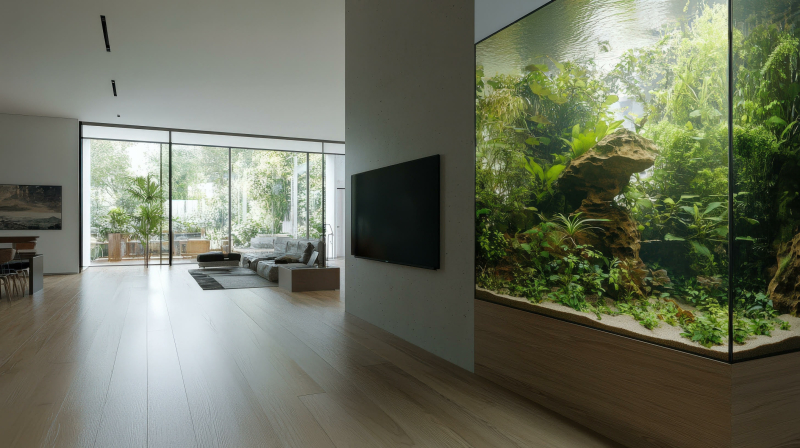
‘No’ is a filter, and clients respect it
We’ve all had projects where boundaries weren’t clear, scope creep took over, and by the end you were counting down the days until handover. Often, that’s because the project wasn’t a fit from the start.
Saying no at the beginning prevents months of frustration. And here’s the twist: clients often see it as a sign of professionalism. It signals that you’re confident in your expertise and intentional about your work.
“People want to work with specialists. And specialists aren’t afraid to say when something isn’t right for them.”
– Simon Powell
A strategic ‘no’ makes space for the right ‘yes’
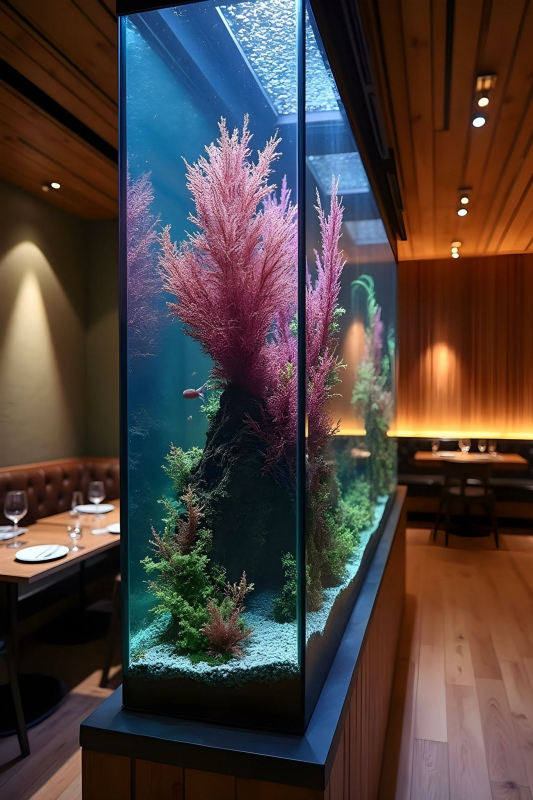
The moment you start turning down projects that aren’t aligned, you create space for opportunities that are. It’s the portfolio equivalent of decluttering: once you remove what doesn’t belong, the right pieces stand out.
In reality, this means:
- Defining your ideal project in detail (style, budget, location, timeline, client personality).
- Checking every new inquiry against that filter.
- Trusting that making space invites the right opportunities.
It’s about purpose, not just profit
Yes, turning down a project can feel risky, especially if it’s bringing in decent and much needed cash. But in the long run, the projects that align with your purpose tend to be the ones that bring both creative satisfaction and better financial returns.
That’s not a coincidence. When you’re genuinely engaged with the work, clients feel it. And happy clients become your best marketing.
Why this matters for us as designers
We talk a lot in our profession about attracting “better clients.” But better isn’t about budget alone. It’s about alignment — between your vision and theirs. And that starts with the projects you don’t take on.
So the next time you get an inquiry that’s “almost” right, remember: saying no might be the most strategic design decision you make all year.
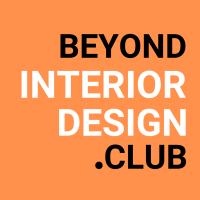
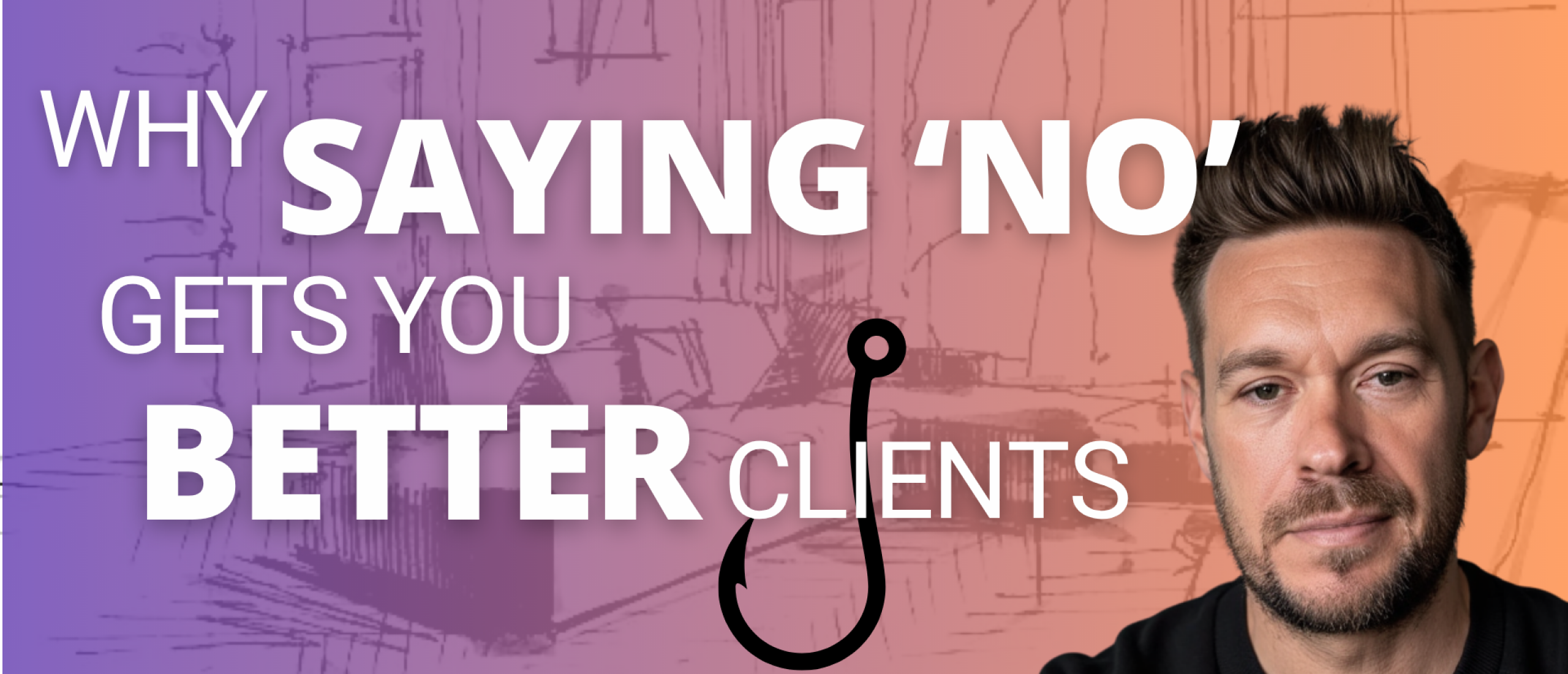

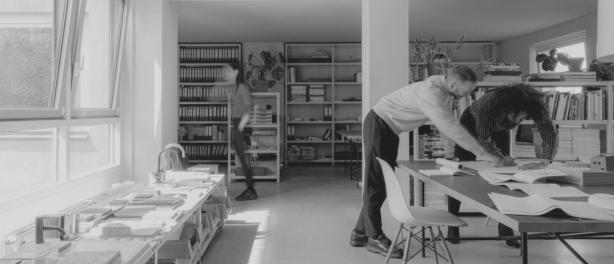


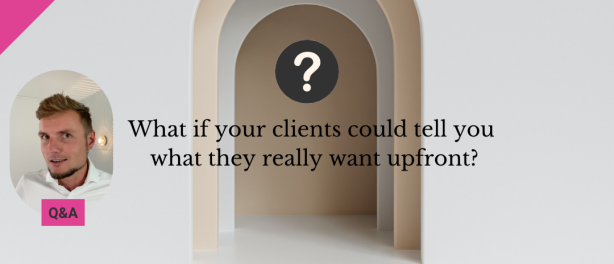
Kevin
on 13 Aug 2025Sven van Buuren
on 13 Aug 2025